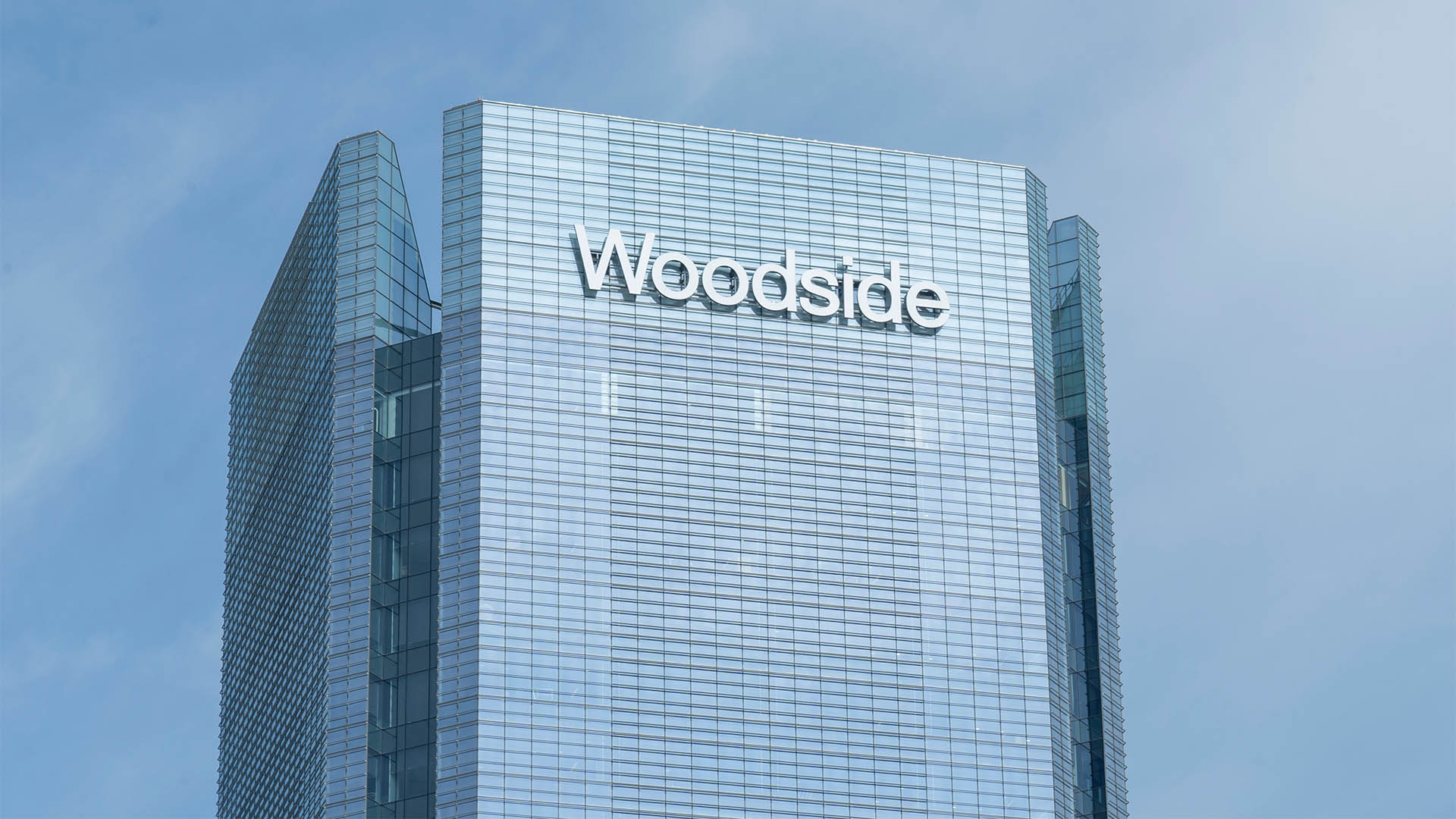As a guide to what’s happening in the jobs market, the February employment data from the Australian Bureau of Statistics was next to useless.
Seasonally adjusted the jobless rate rose to 5.9% and 6,400 jobs were lost. But on the more accurate trend series (which the ABS, the RBA and others prefer to use), job numbers rose and the jobless rate remained steady at 5.8% (having been revised up to that level in January from 5.7% first reported).
Naturally the seasonally adjusted rate was the one the media and gloomsters pounced on. More than 27,000 new full time jobs were created in February on seasonally adjusted basis, but the ABS said more than 33,000 part time jobs were lost.
The best bet is that many of those part time jobs were upgraded to full time work, but not enough to absorb all the part timers.
"Employment decreased 6,400 to 11,998,800. Full-time employment increased 27,100 to 8,158,900 and part-time employment decreased 33,500 to 3,840,000,“ the ABS reported yesterday.
But economists say the big swing from January is hard to believe and there is an element of ‘give back’ in the data from January which saw employment increase 13,500 to 11,998,200 with full-time employment falling 44,800 to 8,125,700 and part-time employment increasing 58,300 to 3,872,500.
The seasonally adjusted unemployment rate increased by 0.2 percentage points to 5.9%, and the seasonally adjusted labour force participation rate was unchanged at 64.6%.
But on a trend basis it was a very different story. The ABS said that trend employment increased by 11,600 persons to 12,005,000 people in February, "reflecting an increase in both full-time (4,600) and part-time (6,900) employment. This was the fifth straight month of increasing full-time employment, after eight consecutive decreases earlier in 2016.”
That is so different to the seasonally adjusted data that the two reports look impossible to compare or contrast.
The ABS though did make one telling point which matches all other employment data, but actual statistics and anecdotal evidence – that the labour market is very sluggish.
“Total employment growth over the year was 0.8 per cent, which was less than half the average growth rate over the past 20 years (1.8 per cent),” the ABS reported.
The trend monthly hours worked increased by 1.2 million hours (0.1%), with increases in total hours worked by both full-time workers and part-time workers.
The trend participation rate was unchanged at 64.6%.
The sluggish growth helps explain the weakness in wages growth and why consumers dipped into their savings so deeply in the December quarter. Wages are growing at less than 2% – 1.8% for the private sector.
RBA said in its latest quarterly bulletin yesterday in a research note on wages that part of the explanation is that; “since 2012, wage increases have been less frequent and wage growth outcomes have become much more similar across jobs.”
The RBA researchers said “Recent low wage growth in Australia appears to be only partly explained by spare capacity in the labour market, the decline in inflation outcomes and the decline in the terms of trade from its 2011 peak."
"Following the decline in the terms of trade, there has been a reduction in the average size of wage increases. This has been particularly pronounced in mining and mining-related wage industries. The increasing share of wage outcomes around 2–3 per cent also provides further support for the hypothesis that inflation outcomes and inflation expectations influence wage-setting.
"The Bank’s expectation is that wage growth will gradually pick up over the next few years, as the adjustment following the end of the mining boom runs its course. The extent of the recovery will, in large part, depend on how wage growth will respond to improving labour market conditions, including the level of underutilisation.”













